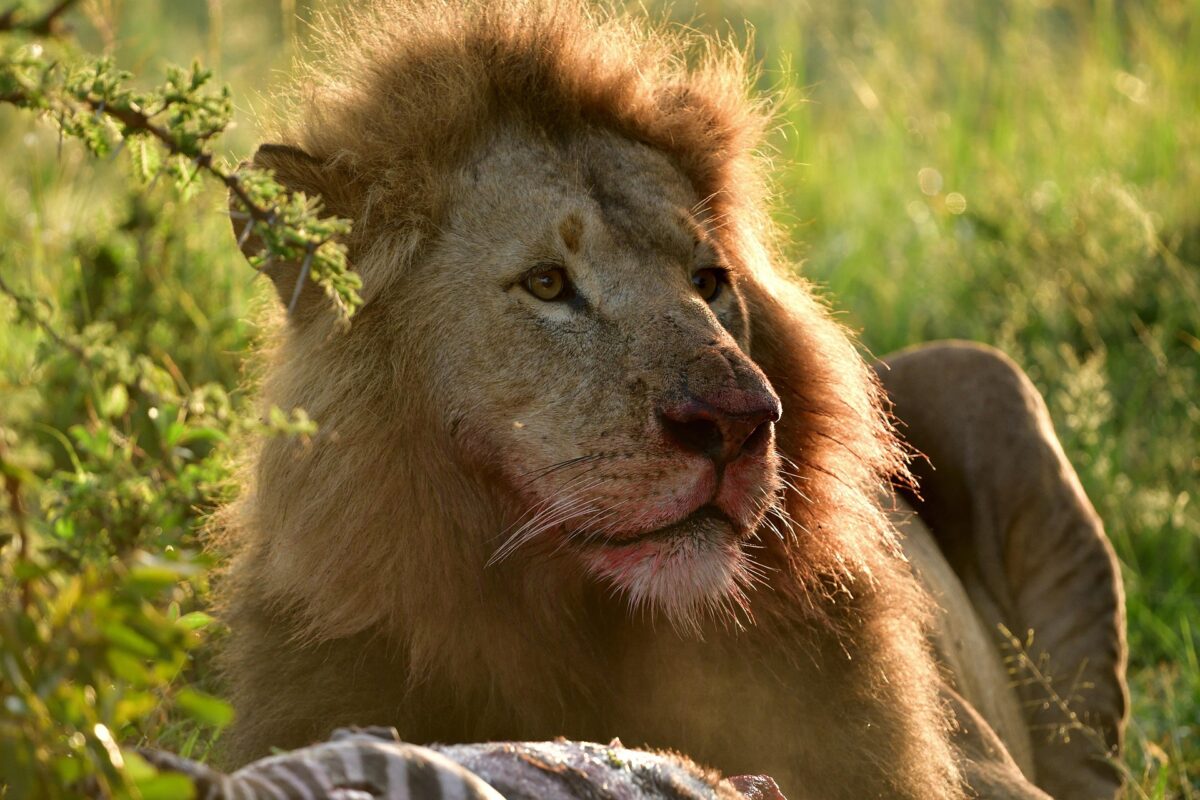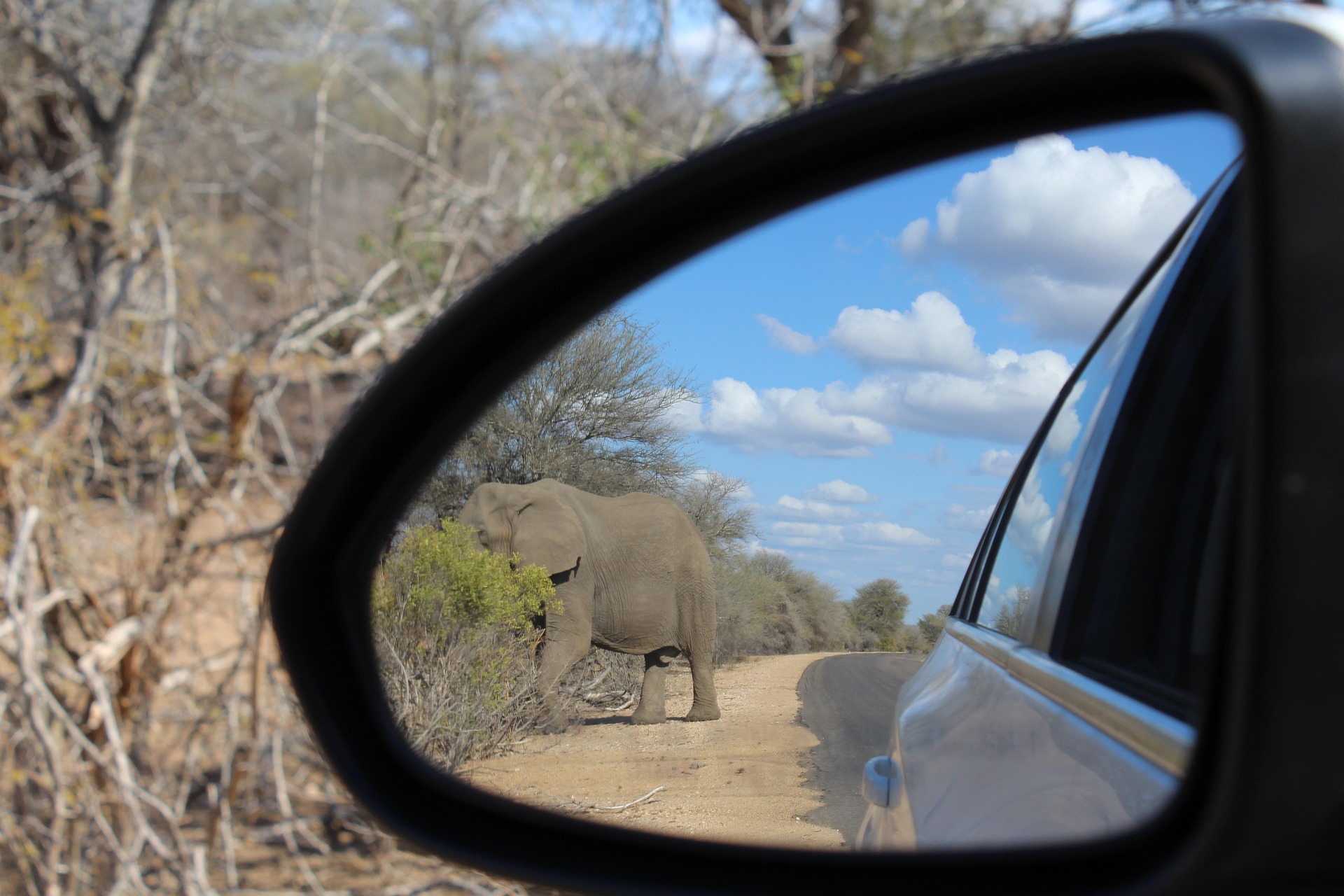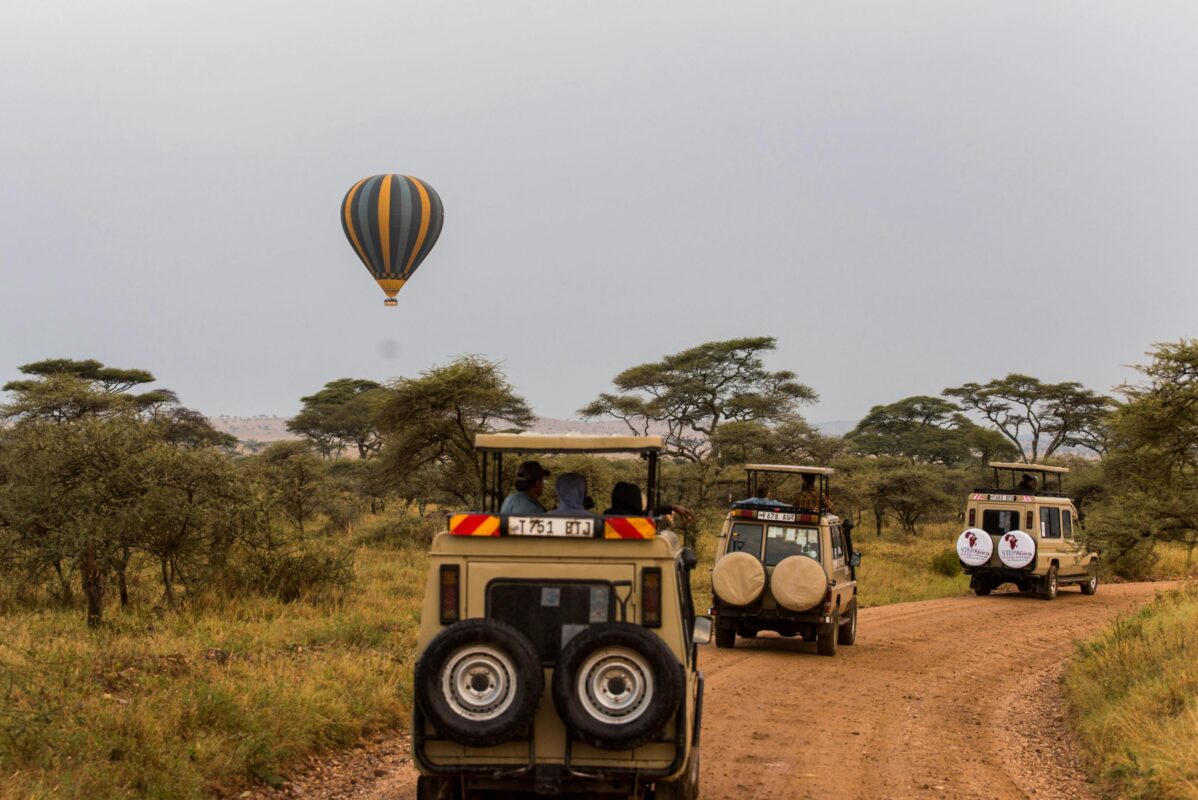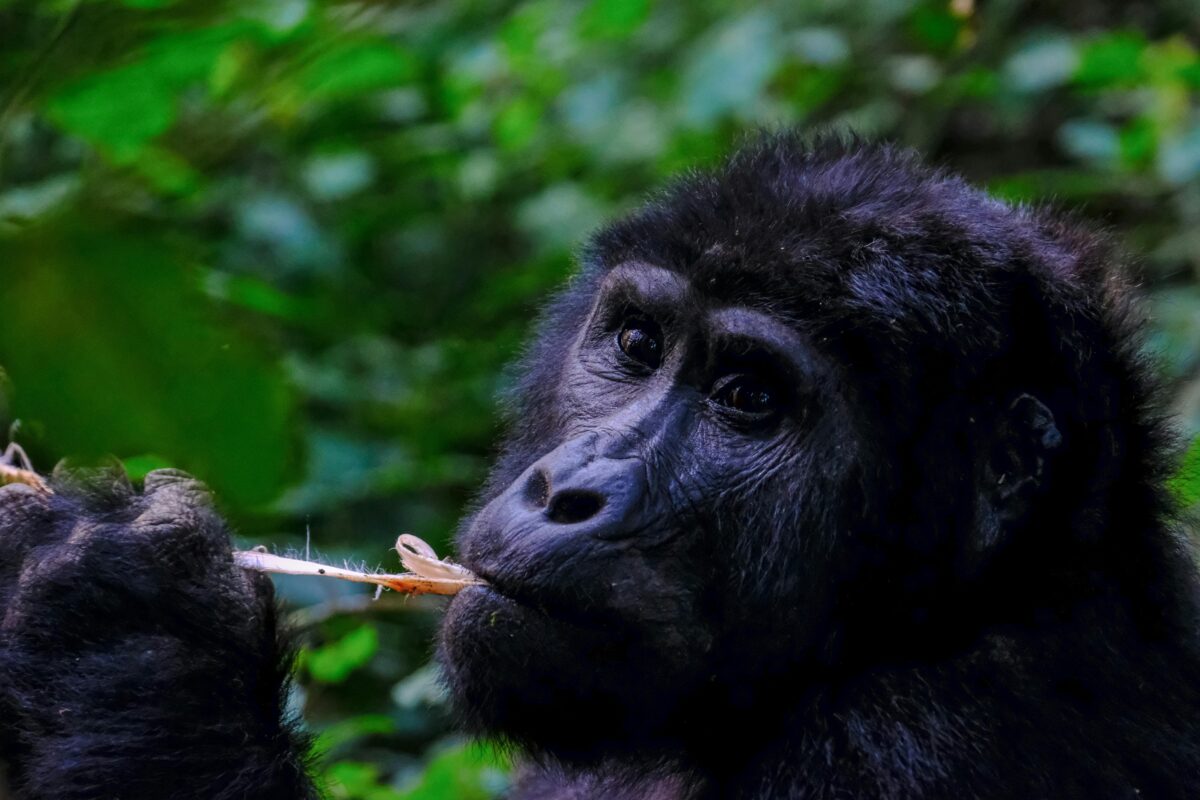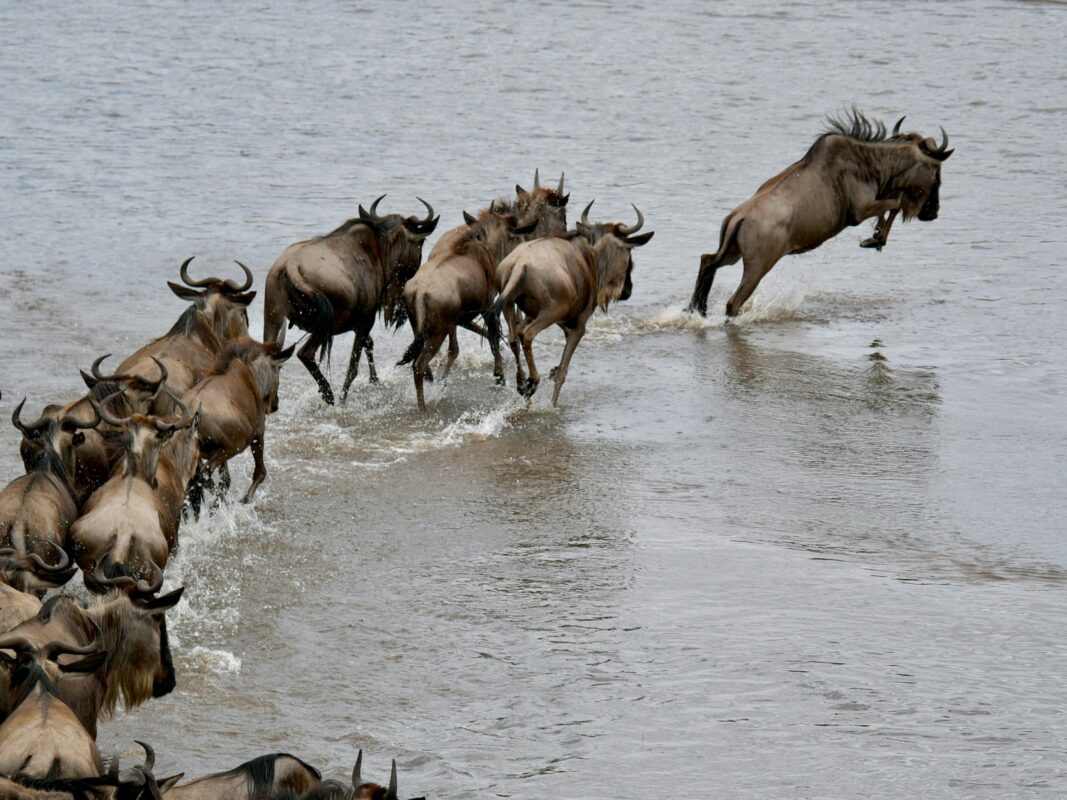7 Reasons Kenya’s Wildebeest Migration Offers the Ultimate Safari Experience
The wildebeest migration in Kenya is one of the greatest natural spectacles on Earth. Every year, millions of wildebeest, zebras, and gazelles thunder across the vast savannahs of the Masai Mara National Reserve, creating a breathtaking scene that has earned its spot as the “8th Wonder of the World.”
If you are planning your dream safari, knowing the best season to visit Kenya for the wildebeest migration is crucial. Not only will it maximize your chances of witnessing the river crossings and predator action, but it will also help you enjoy the best weather and safari experience possible.
This article will guide you through the timing, highlights, and travel tips for experiencing the migration in Kenya, along with reasons why this is a bucket-list adventure you shouldn’t miss.
1. When is the Best Season to Visit Kenya for the Wildebeest Migration?
The wildebeest migration follows an annual cycle between Serengeti in Tanzania and Masai Mara in Kenya. While the herds are constantly on the move, the most spectacular phase happens when they cross the Mara River into Kenya.
- Peak Migration Season: July to October
This is widely considered the best season to visit Kenya for the wildebeest migration. During this time, the herds gather in huge numbers in the Masai Mara, and visitors can witness the dramatic river crossings where crocodiles lie in wait. - Early Migration Sightings: Late June
Depending on rainfall patterns, some wildebeest may start crossing as early as late June, making July the start of the action. - Late Season: October – early November
As the rains begin in Tanzania, the herds gradually make their way back south. However, October still offers incredible sightings, especially for travelers seeking fewer crowds.
👉 According to government officials, July to October is the ultimate window to witness the phenomenon at its peak.
2. Why July to October is the Perfect Safari Window
The wildebeest migration is more than just animals moving from one place to another. It’s a theatrical display of life and survival. Here’s why the July–October season stands out:
- Mara River Crossings: Watch thousands of wildebeest plunge into the crocodile-infested river in a life-or-death battle.
- Predator Action: Lions, cheetahs, and leopards thrive during this season as prey is abundant.
- Scenic Weather: With little to no rain, the skies are clear, and game drives are smoother.
- Photography Opportunities: Golden sunsets, dramatic wildlife scenes, and dust clouds kicked up by hooves make this a dream for photographers.
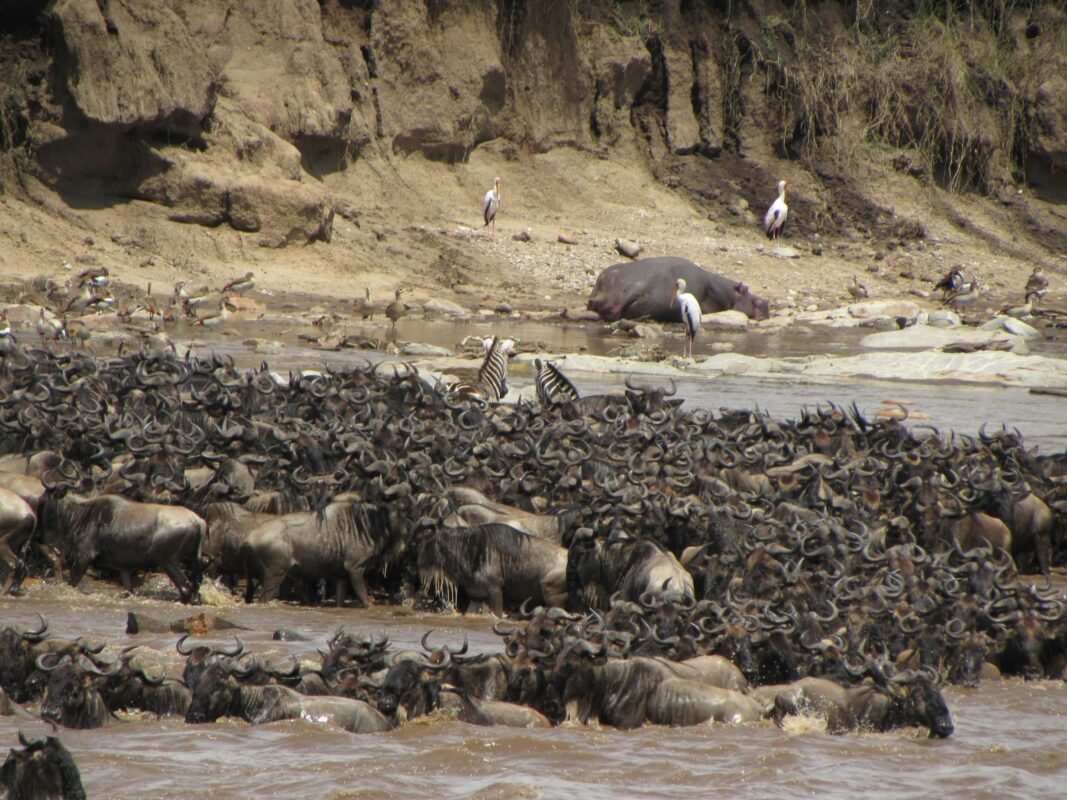
3. The Masai Mara Experience: More Than Just Migration
While the wildebeest are the stars of the show, the Masai Mara ecosystem offers so much more. Visitors during the migration season will also enjoy:
- The Big Five: Lions, elephants, buffalo, leopards, and rhinos roam freely across the savannah.
- Cultural Encounters: A visit to a Maasai village provides insight into one of Africa’s most iconic cultures.
- Balloon Safaris: Imagine watching the wildebeest herds from above as the sun rises, a surreal and unforgettable perspective.
- Other Wildlife: Giraffes, hyenas, hippos, and over 450 bird species add to the safari spectacle.
👉 Learn more about the Masai Mara Reserve on the official Narok County Government website
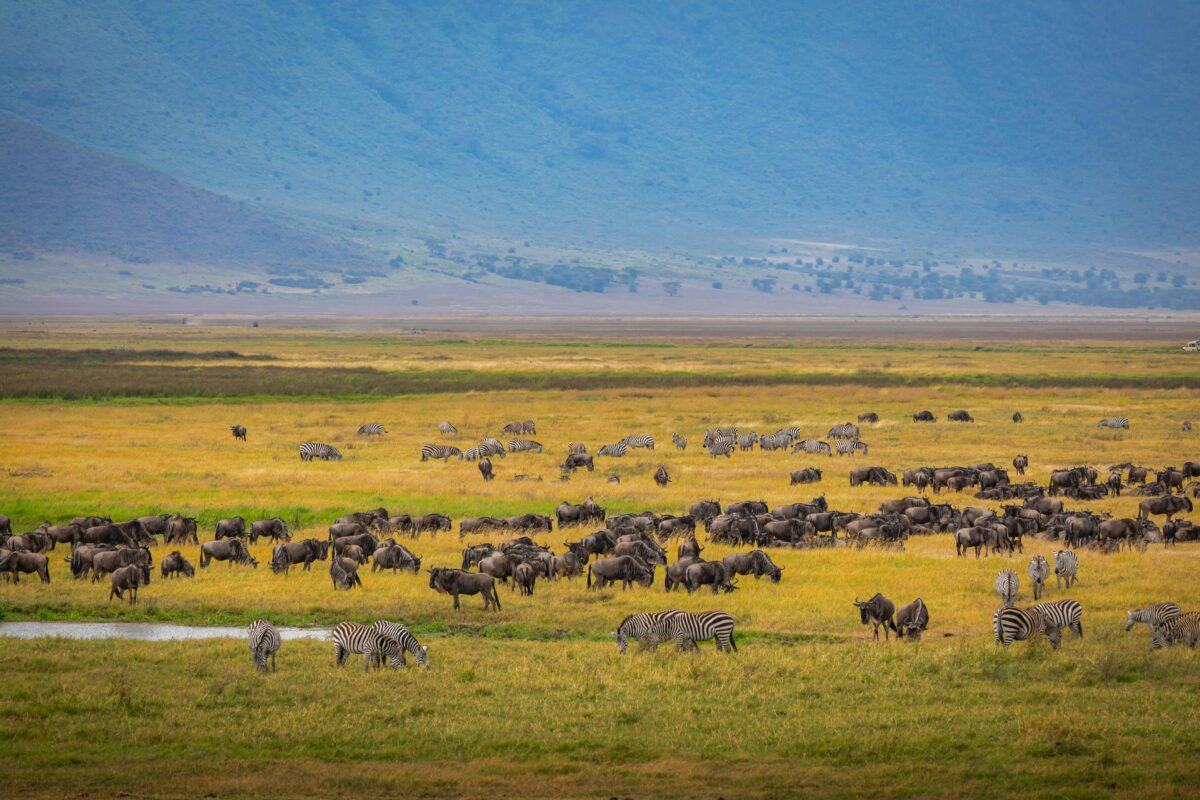
4. Alternative Times to Visit Kenya for Safaris
While July to October is the best season to visit Kenya for the wildebeest migration, other months also have their unique safari appeal.
- December to February: Best for birdwatching and predator sightings. The dry conditions make animals easier to spot around water sources.
- March to May (Low Season): This is the rainy season. Although the migration is not in Kenya, the landscape is lush, prices are lower, and crowds are fewer. Perfect for budget travelers.
- June: Transition season. Early herds may start arriving, offering a quieter preview of the migration.
This means you can enjoy Kenya year-round, but if your priority is the wildebeest migration, stick with July–October.
5. Travel Tips for Witnessing the Wildebeest Migration
Here are some expert tips to make your safari unforgettable:
- Book Early: Camps and lodges in the Masai Mara fill up quickly during migration season. Book at least 6–12 months in advance.
- Stay Close to the Action: Lodges near the Mara River or central reserve give you quick access to migration hotspots.
- Pack Smart: Bring binoculars, a camera with a zoom lens, light clothing, and sunscreen.
- Hire a Reputable Tour Operator: Choose experienced safari companies who know migration patterns well. Check out reviews on SafariBookings before booking.
- Be Patient: The river crossings are unpredictable. Sometimes you may wait hours, but the reward is worth it.
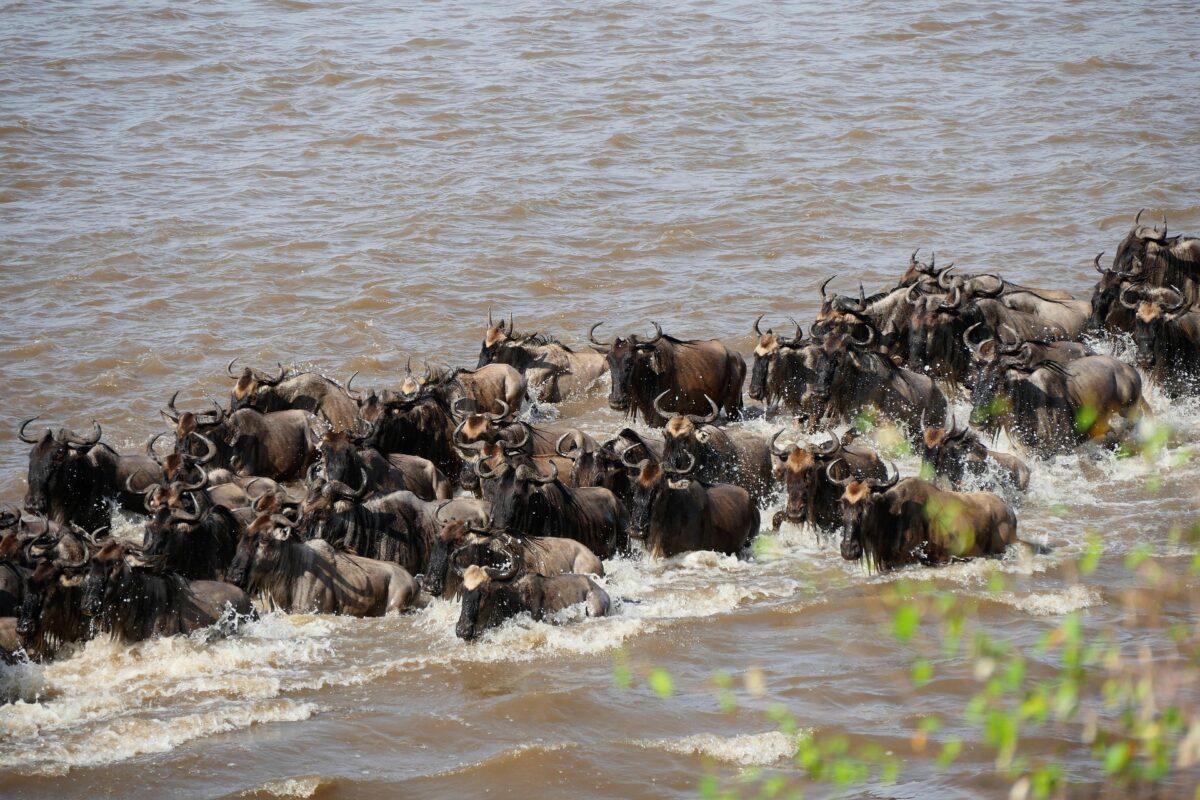
6. Where to Stay During the Migration Season
The Masai Mara offers a wide range of accommodation options, from budget campsites to luxury tented lodges. Some of the most recommended safari lodges during migration include:
- Mara Serena Safari Lodge: Overlooking the Mara River, perfect for witnessing crossings.
- Angama Mara: A luxury lodge with sweeping views of the savannah.
- Basecamp Masai Mara: Eco-friendly and ideal for cultural immersion.
👉 For a curated list of Wildebeest Migration safaris, contact Velelink Safaris.
7. Why Kenya Stands Out for the Wildebeest Migration
Although the migration is shared between Tanzania’s Serengeti and Kenya’s Masai Mara, Kenya offers unique advantages:
- Smaller Viewing Area: The Mara is more compact, meaning animals are easier to locate.
- Accessibility: Only a short flight from Nairobi (45 minutes) or a scenic 5–6 hour drive.
- Conservation Efforts: Kenya has strong community-based conservation programs that protect wildlife and empower local communities.
- Yearly Reliability: Even in years of unpredictable rainfall, the herds always make their way into the Masai Mara.
This makes Kenya not just a safari destination but the epicenter of the wildebeest migration experience.
Final Thoughts
The wildebeest migration is more than a safari, it’s a front-row seat to one of nature’s greatest dramas. Choosing the best season to visit Kenya for the wildebeest migration (July to October) ensures you don’t miss the breathtaking river crossings, the predator-prey battles, and the sheer wonder of millions of animals moving in unison.
From the thrill of a lion hunt to the awe of a balloon ride over endless herds, the Masai Mara during migration season promises a once-in-a-lifetime adventure.

